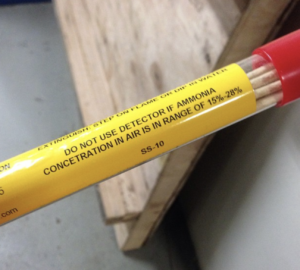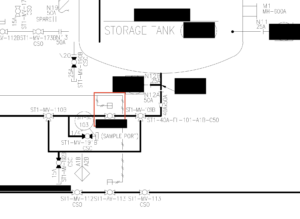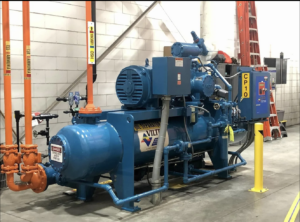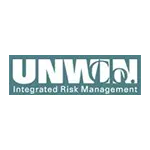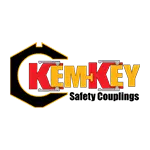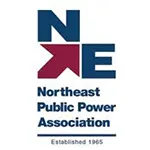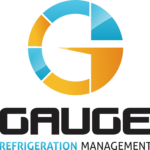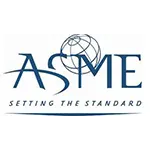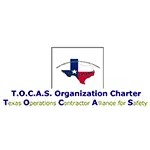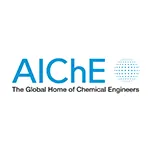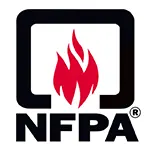Let us help you make sense of PSM / RMP!
My friend Brian Chapin will be offering an open-enrollment PSM/RMP class in Burleson, Texas, July 8th to 11th, 2025. Brian is an absolute pro in NH3 Refrigeration Process Safety. Anyone who attends will also get a FREE membership to SAFTENG. You can get more information on the class with this link.
CLICK HERE to Renew your Membership
CLICK HERE for a NEW Membership
CLICK HERE to see eligibility requirements for FREE Membership
If you have any questions, please contact m
SAFTENG has:
- Over 18,000 categorized unsafe acts/conditions and accident/injury photos
- Over 1,500 ppt's & doc's in the SAFTENG Library
- Over 4,000 Technical Articles on Process Safety, Emergency Response & OSH topics
- Over 450 videos (those not allowed on YouTube Channel)
Many THANKS to my NEW Members and those who CONTINUE to support SAFTENG:









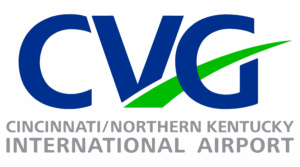



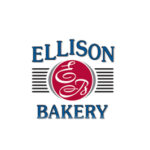
July 21, 2024
In 2012, I discussed the use of sulfur sticks and asked a question: Sulfur sticks and ammonia leaks… are you in compliance when using these leak detection devices? In 2014, IIAR updated its edition of ANSI/IIAR 2 – Standard for Safe Design of Closed-Circuit Ammonia Refrigeration Systems, which PROHIBITS their use when charging is being performed and when oil or ammonia is being removed from the...
Read More
July 20, 2024
In almost every PHA I have done since 2000, we find safety critical valves or instrumentation with a built-in bypass around them. I understand the need for a bypass WHEN IT IS FOR MAINTENANCE of the device, but in no sane world do we put a bypass around a safety-critical device so that the process can run if that safety device fails in the CLOSED position. NO WAY IN H_LL will I accept that. When we...
Read More
July 19, 2024
The operators of a global ink and coatings manufacturing company could have prevented an employee from suffering burn injuries from a flash fire that erupted in an industrial mixing vessel containing flammable liquids and vapors by following federal regulations for handling of highly hazardous chemicals. An OSHA investigation determined a flash fire sparked in the mixing vessel as the employee manually...
Read More
July 14, 2024
OSHA’s Construction Standard for PRCSs specifies several information collection requirements. The following sections describe who uses the information collected under each requirement and how they use it. Employers and employees would use these information collection requirements to identify a confined space at a construction worksite. The purpose of the information would permit employers and...
Read More
July 14, 2024
How many code/RAGAGEP violations can you identify?
Tip: Code(s) and RAGAGEPs require equipment to be protected against contact with mobile equipment when that contact could lead to an LOPC event involving a hazardous material.
Answer(s) below:
…
HomeRead More »
Read More
July 14, 2024
Imagine trying to build a house today without the proper tools, such as a hammer/nail gun, handsaw/power saw, and tape measure. These are obviously critical to the task being done WELL and EFFICENTLY. Sure, we could build a house without them, but would it be one we would buy and put our family in for 30-40 years? The same scenario applies to building a safety process/SMS! We have tools that have been...
Read More
July 14, 2024
In a mature Safety Process/SMS these four (4) elements play a critical role in delivering VALIDATED data to management so that the data can be analyzed and properly responded to in order to INTERVENE in the conditions/actions/attitudes BEFORE an event delivers undesired consequences. The late great Trevor Kletz said it best three decades ago in his first series of books, What Went Wrong? “In...
Read More
July 13, 2024
While anhydrous ammonia has many environmental and operational benefits, it is also an extremely hazardous substance that, if accidentally released, presents a significant health hazard because it is corrosive to the skin, eyes, and lungs. Ammonia is also flammable at certain concentrations in air. The Environmental Protection Agency (EPA) would like to work with facilities that have ammonia refrigeration...
Read More
July 11, 2024
Respondent is the owner and operator of a facility. Respondent operates a bulk liquid storage facility and offers a full range of heating, blending, and product services. Various products, such as vegetable oil, chemicals, and petroleum products, are received in tanks for storage and transferred out of the facility to customers. Some of the petroleum products may be considered flammable, so Respondent...
Read More
July 11, 2024
Today, OSHA posted its latest LOI. This one was regarding railroad track employees and roadway maintenance groups and the need to provide sanitation facilities for these workers. Question: Do OSHA’s sanitation requirements apply to railroad track employees and roadway maintenance groups that are working along the tracks? Answer: Yes. Under section 4(b)(1) of the Occupational Safety and Health...
Read More
July 11, 2024
During a recent offshore inspection, a BSEE inspector observed operator personnel installing a 100-foot high-pressure hose, with a Maximum Working Pressure (MWP) of 5000 psi, to test pressure safety valves on pipeline pumps. The hose used was designed for hydraulic fluid and not suitable for high-pressure nitrogen; when nitrogen gas at 2500 psi was injected into the hydraulic hose, the hose blistered,...
Read More
July 10, 2024
The NY City Bridge got hot because the drive train that moves it overheated, NOT because “climate change” or ambient temperatures caused the bridge to “swell.” I am not a metallurgist, but I did stay at a Holiday Inn Express last week. If this bridge can not operate within its design tolerance because the ambient temps reached the upper 80’s, I will be damned if I...
Read More

